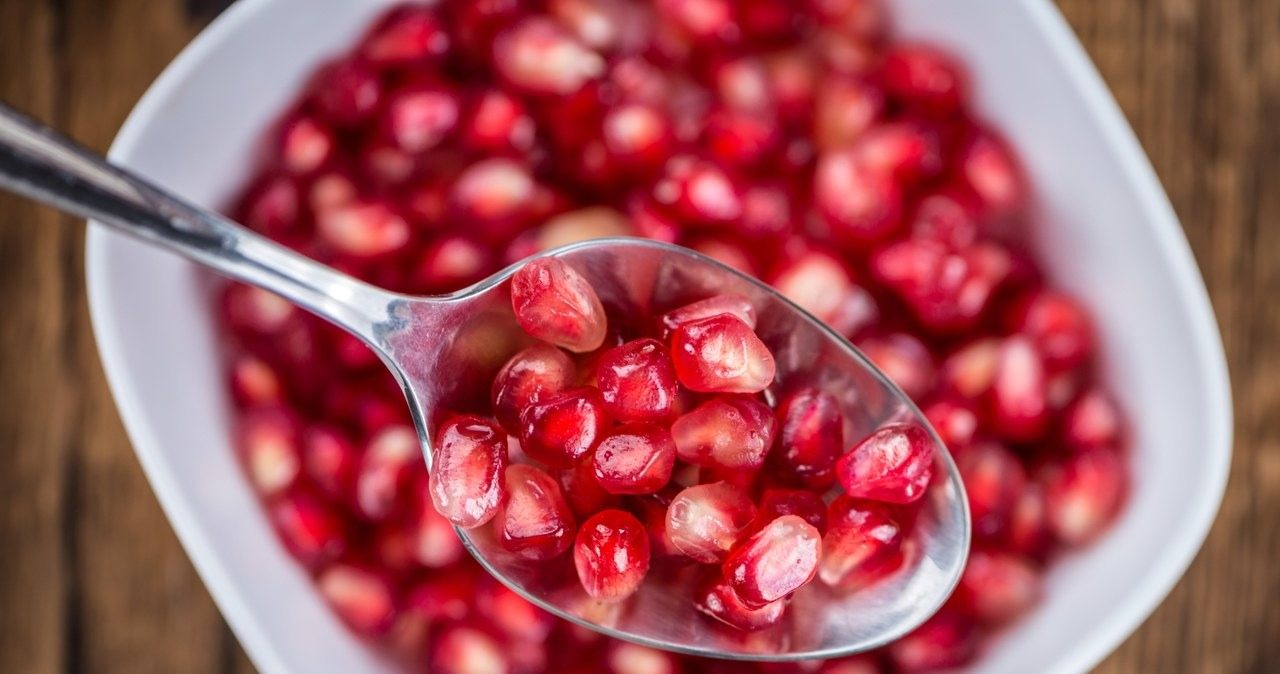The pomegranate tree is a type of plant that grows fruit. This fruit is rich in antioxidants, fiber, and various vitamins and minerals.
Should you eat pomegranate seeds?
Pomegranate seeds account for approximately half the weight of the fruit.
They contain fiber, vitamin E, magnesium, and antioxidants, but the arils contain more of these.1 Pomegranates also contain seed oil, which is a type of fat that is primarily polyunsaturated. Pomegranate seeds also contain an acid that may reduce inflammation in the body and brain.
Pomegranate seeds are not as juicy and sweet as the arils they’re encased in, but they are safe to eat in moderation (like everything else). Eating too many of them can cause stomach discomfort. They possess numerous healthy qualities and can be incorporated into a balanced diet.
You can eat the seeds on their own, on top of a salad, on yogurt, or over ice cream for a sweet treat that’s good for you and that will crunch in your mouth.
How To Choose Pomegranates.
Color: Look for pomegranates that are a deep, ruby color and feel heavy when you pick them up.
Size: They should be big and feel heavy for their size.
Shape: They should be flat with sharp corners, not round.
Texture: Look for smooth, non-glossy, leathery skin that is not cracked or bumpy. You want the pomegranate to be slightly soft, as this indicates the fruit is ripe. But avoid very soft pomegranates, as they may be mushy inside.
How Long Do Pomegranates Last?
You can leave them on the counter for up to a month and in the fridge for two months, but once you’ve cut them open, it’s best to eat the arils and seeds within a few days.
How to cut a pomegranate.
Fill a bowl with water and set it aside.
Use a sharp knife to cut the top off the pomegranate, just below the crown or the pointed end of the fruit.
Once cut, you will be able to see the interior sections. Score the skin along the sections of the white membrane.
Separate the pomegranate sections and put them in a bowl of water. This will make the seeds fall into the water below. Use your thumb to remove the remaining seeds.
Ensure that you remove any skin or membrane.

 Discuss
More news
Discuss
More news


